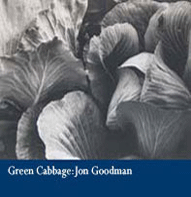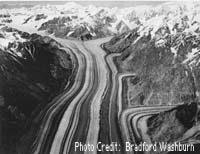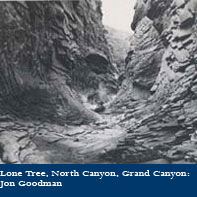




 | |||
 |
 |
 |
 |
A Brief Note on the Photogravure ProcessPhotogravure is the most beautiful and luxurious means of printing the photographic image in ink. The photogravure method used in this portfolio is known as the Talbot-Klīc or dust-grain process. In the early history of what is known today as photography, researchers were looking for a means of printing an image drawn by light, in ink. The development of lithography in 1798 by Aloys Senefelder energized this search. The first photogravure (héliogravure in French) was a reproduction of an engraving of Cardinal D'Amboise, produced in 1826 by Nicéphore Niepce using the light sensitive and acid resistant properties of bitumen of Judea. It happened that producing a richly toned image in ink on plain paper was more difficult and complicated than one produced with a chemical coating of silver salt on a metal support (daguerreotype, 1839) or on coated paper (calotype, 1840). In 1842, the Fizeau process was developed, a technique that etched the daguerreotype image and used it as an intaglio printing plate, but unfortunately the tones rendered were quite weak when compared to the original daguerreotype. In 1879, Karl Klīc developed the photogravure process used here. Incorporating the efforts of William Henry Fox Talbot's photoglyphic drawing technique, Alphonse Poitevin's use of bichromated gelatin, and Joseph Swan's carbon-transfer technique, Klīc added the printmaker's aquatint (a tonal ground) to produce a richly toned photographic image on paper from an etched and inked copper plate. The photogravure is an intaglio print, much like an etching, engraving, aquatint or mezzotint. This means that the varying tonal densities of the original negative, from the clear base of the darkest shadows to the dense highlights of snow, have been rendered into etched cells of varying depths in the plate. Dense ink applied to the plate fills the cells. The ink is then wiped from the surface and the plate is placed on the bed of an etching press. Dampened paper is laid on the plate, covered with printing felts, and passed between the rollers of the press under heavy pressure. The felts are then removed and the paper is lifted from the plate. The image in ink has been transferred from the plate to the paper. Photogravure is a true continuous-tone ink printing technique. The image is made of a layer of ink whose thickness varies continuously according to the depth of tone of the image. When viewed under magnification, a photogravure print is seen to be in three-dimensional relief, with a thicker layer of ink in the shadows and dark tones and thinner layers in the light tones and highlights. In the 1880's Karl Klīc licensed Adolphe Braun in Mulhouse, France and Thomas Annan in Glasgow, Scotland to use his photogravure technique. Adolphe Braun's company became known as Braun S.A. and lasted until the 1980's as a large commercial printer. Thomas Annan and his son, James Craig Annan, produced many fine photogravures from their studio, notably a book called The Old Closes and Streets of Glasgow. Peter Henry Emerson, another photogravurist, produced many prints for his books and portfolios from the 1880's to the early years of the 20th century. In 1903, the photographer Alfred Stieglitz began publishing Camera Work. This journal, which lasted until 1917, had mostly photogravures for its illustrations. Stieglitz occasionally published the larger format 291 which also contained photogravures, including his "large version" of The Steerage. Edward Curtis, with the financial backing of J.P. Morgan, produced his monumental Portrait of the North American Indian in twenty volumes and accompanying folios. Over two thousand photogravure plates were made for this work, published from 1896 to 1930. In 1939, Paul Strand, who had been introduced to the richness of photogravure by Alfred Stieglitz, produced Photographs of Mexico, published by Virginia Stevens. A new edition of this work was published in 1967 by Da Capo Press in conjunction with Aperture, a journal of photography, and renamed The Mexican Portfolio. Jon Goodman Florence, Massachusetts
|